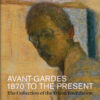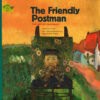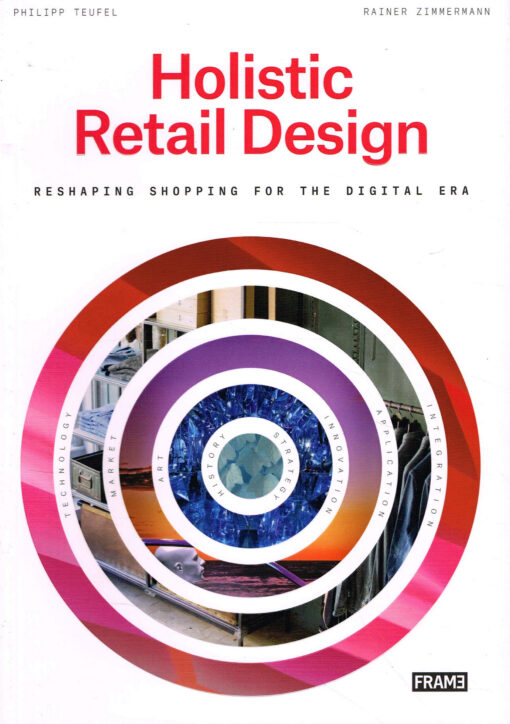Terug/Home/Webwinkel ramsj.nl /Kunst/Architectuur/Holistic Retail Design
Philip Teufel
Holistic Retail Design
Reshaping shopping for the digital era
€ 29,00 Oorspronkelijke prijs was: € 29,00.€ 12,50Huidige prijs is: € 12,50.
Uitverkocht
ISBN: 9789491727658.
Bindwijze:
pap
Taal:
EN
Uitgever:
Frame
Auteur:
Philip Teufel
Paginas:
400
Categorieën: Architectuur, Kunst.
‘Holistic Retail Design’ sets out a theory on the design of retail formats and shopping experiences. It introduces strategies in holistic constitution and the improvement of retail experiences across stationary, temporary, and digital customer touchpoints and intermediates between the consumer, the retail brand, and the products being offered. It features those strategies in a number of chapters and also includes international best practice cases.
Gerelateerde producten
kunst
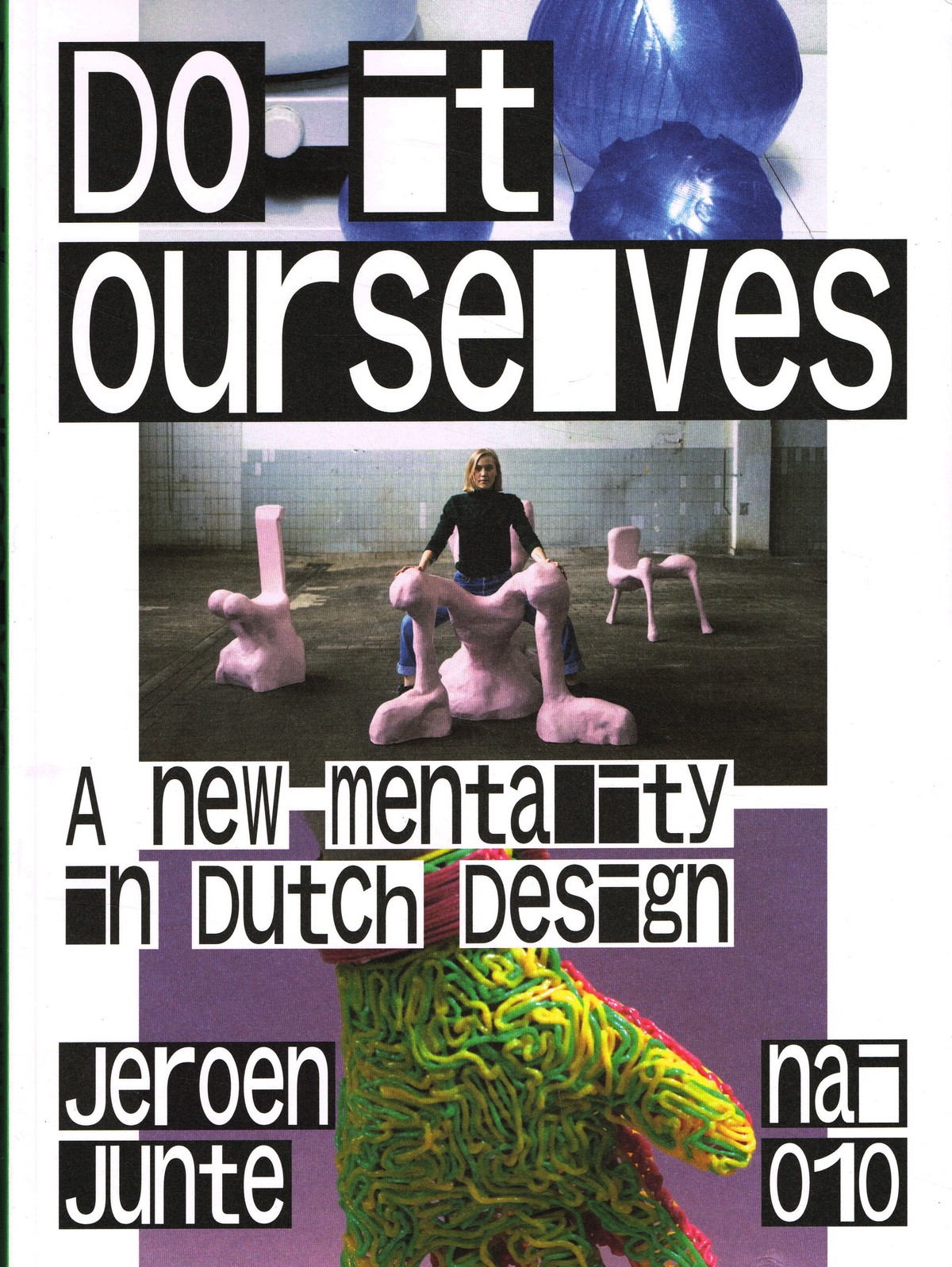
Jeroen Junte
Do It Ourselves
For English see below Nederlandse ontwerpers hebben de afgelopen jaren een scherpe koerswijziging doorgemaakt. De nieuwe lichting ontwerpers kiest nieuwe waarden en uitgangspunten en streeft door onderzoek en samenwerking naar maatschappelijke relevantie en impact. Deze 'post-crisisgeneratie' is bevlogen, optimistisch, maar ook pragmatisch met oog voor schoonheid. Humor en het concept als bijna obligate instrumenten zijn verruild voor engagement en vrij onderzoek. Ironie en beschouwende kritiek hebben plaatsgemaakt voor onbevangenheid en dadendrang. Ambacht en lokale productie worden onderzocht als een realistisch alternatief voor vastgelopen systemen. Naast kunst en design worden ook wetenschap, technologie, sociale studies en politiek gezien als speelvelden voor ontwerpers. Kortom, de nieuwste generatie ontwerpers zoekt naar een inhoudelijke verdieping van het vak en streeft naar een positieve bijdrage aan maatschappelijke vraagstukken. Designjournalist en?criticus Jeroen Junte beschrijft voor het eerst deze nieuwe fase in de ontwikkeling van het alom geprezen Dutch Design en voert de lezer langs 199 verrassende, innovatieve en verbazingwekkende projecten en producten. - English - In recent years, Dutch Design has sharply diverged from its previous course. A generation of designers trained in and shaped by the crisis years chose new values and starting points. The focus is now on inquisitive and collaborative makers who strive for social relevance and, if possible, impact. This 'post-crisis generation' is committed and optimistic, but also pragmatic and in possession of an eye for beauty. Humour and the almost inescapable concept have been exchanged for engagement and free research and irony and contemplative criticism for open-mindedness and the will to act. Craftsmanship and local production are examined as realistic alternatives to deadlocked systems of production and distribution. In addition to art and design, science, technology, social studies and politics are also seen as design arenas. In short, the latest generation of designers is looking to substantiate the content of the profession and make positive contributions to social issues. Well-known design writer Jeroen Junte is the first to describe this new stage in the development of the widely acclaimed Dutch Design, by way of 199 surprising, innovative, astonishing projects and products. Engelstalig boek nai010pap - 275 blz
kunst
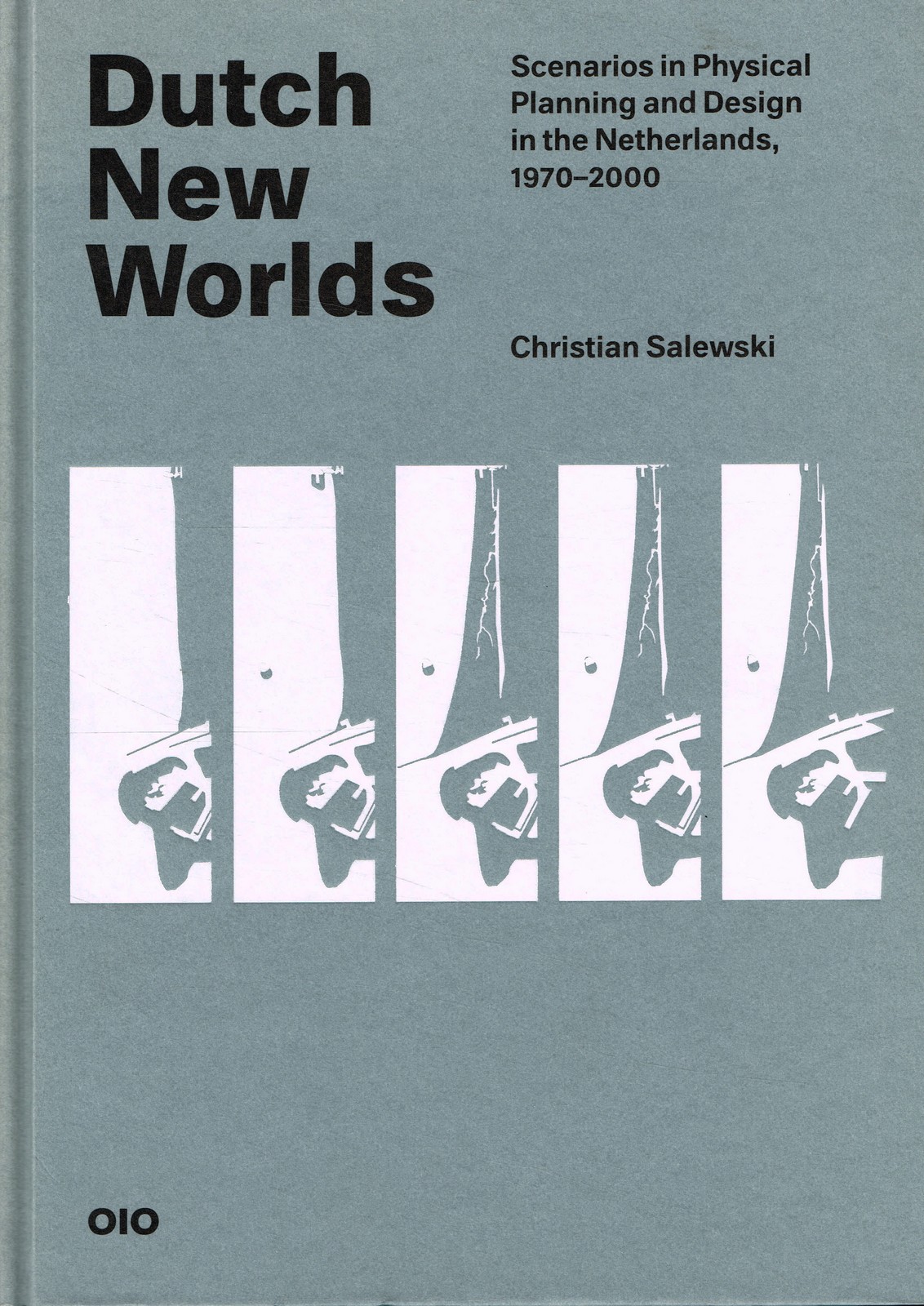
Christian Salewski
Dutch New Worlds
For English see below- Onze beslissingen geven vorm aan onze toekomst, maar we weten weinig over hoe. Om daar achter te komen, construeren planners en ontwerpers levendige beelden van wat zou kunnen zijn. Deze scenario's dienen als baanbrekers tussen verbeelding en rede. Eind jaren tachtig nam de elite van de Nederlandse planning en ontwerp scenario's op ongekende schaal om het publiek te overtuigen van hun ideeën. Maar de zoektocht om Nederland als geheel opnieuw vorm te geven mislukte jammerlijk. Hun poging ontketende echter een golf van nieuw denken over de toekomst en creëerde een enorm aantal spectaculaire beelden van de dingen die komen gaan. 'Dutch New Worlds' vertelt voor het eerst het verhaal van hoe scenariodenken stedenbouw en ruimtelijke ordening veranderde, vanaf het begin eind jaren zestig tot het hoogtepunt in de jaren negentig. Het laat zien hoe de meeste grootse scenarioprojecten op niets uitliepen door overambitie en misbruik. Het laat ook zien hoe scenario's vandaag de dag krachtige instrumenten blijven voor gericht en transparant ontwerpend onderzoek om betere steden en regio's te creëren. Verteld vanuit het perspectief van een architect en stedenbouwkundige, bevat deze ideeëngeschiedenis fundamentele lessen voor planners, ontwerpers en beleidsmakers - en voor onze volgende beslissingen die onze toekomst zullen vormgeven.-Our decisions shape our future, but we know little about how. To find out, planners and designers construct vivid images of what could be. These scenarios serve as path-breakers between imagination and reason. In the late 1980s, the elite of Dutch planning and design took scenarios to unprecedented scales to convince the public of their ideas. But the quest to reshape the Netherlands as a whole failed dismally. Their attempt, however, unleashed a wave of new thinking about the future and created an enormous number of spectacular images of things to come. Dutch New Worlds tells for the first time the story of how scenario thinking changed urbanism and physical planning, from its beginning in the late 1960s to its height in the 1990s. It shows how most grand scenario projects came to nothing because of overambition and misuse. It also shows how, today, scenarios remain powerful tools for focused and transparent design research to create better cities and regions. Told from the perspective of an architect and urbanist, this history of ideas holds fundamental lessons for planners, designers, and policy makers - and for our next decisions that will shape our future. nai010geb - 352 blz
kunst
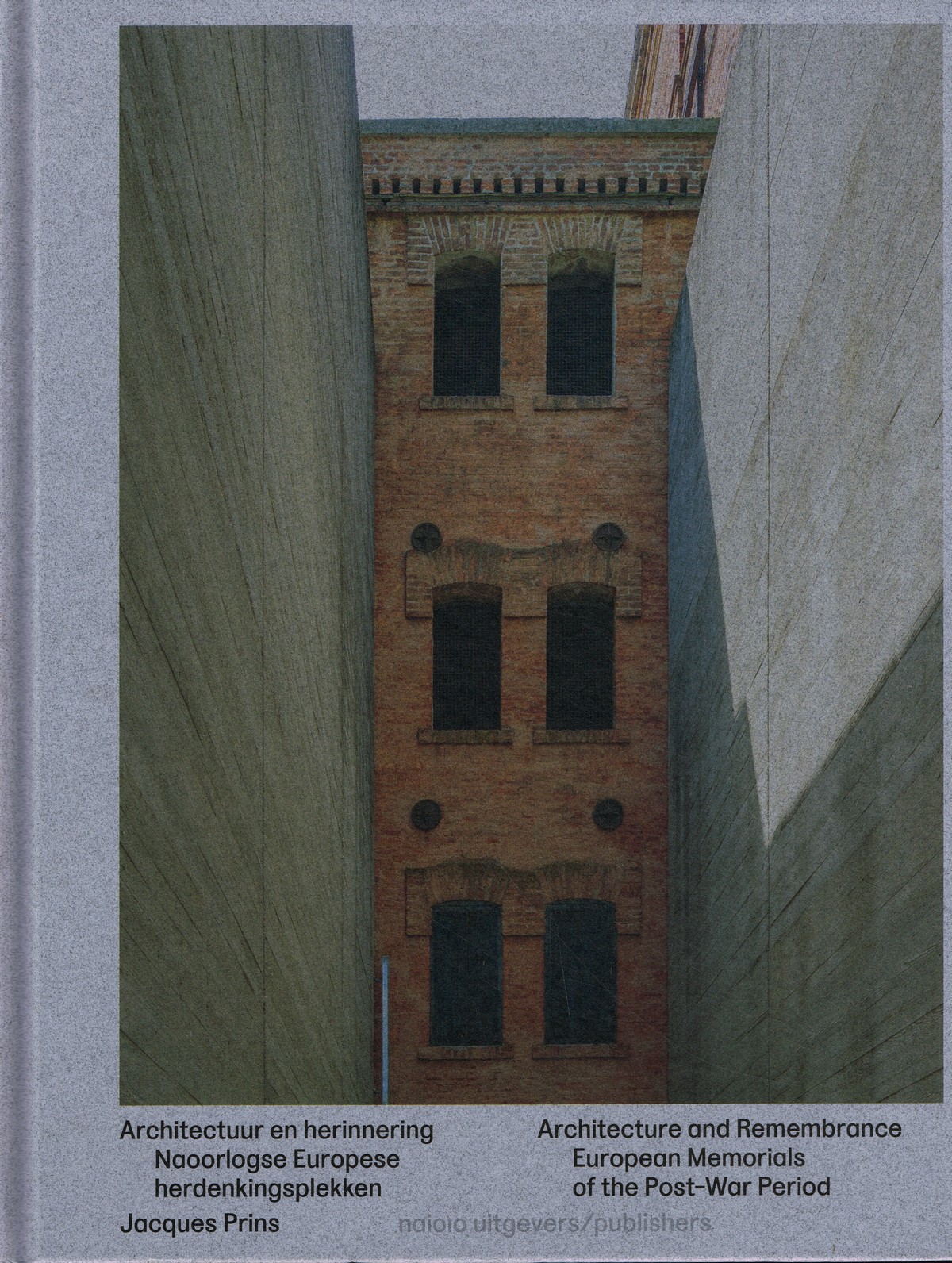
Jacques Prins
Architectuur en herinnering / Architecture and Remembrance
For Dutch see below - English - 2020 is the 75th anniversary of the end of the Second World War. In Architecture and Memory, architect Jacques Prins focuses on commemorative sites. He brings together 40 of these sites, from across Europe and from the post-war period, and documents them in texts, drawings and photographs. His aim is to convey the feeling of oppression and detachment to the visitor, without creating a reconstruction, to really allow them to identify with the past. For easy comparison, Architecture and Memory includes several drawings of each site: of the situation they were in during the Second World War and of the situation they are in today. Together these create an image of the design strategies that different designers have employed over the course of time. Professor dr. Rob van der Laarse is Professor Heritage of the War at CLUE (Cultural Landscape and Urban Environment), the interdisciplinary research institute for heritage and history at the VU. Jacques Prins is architect and partner at Inbo and responsible for the new building of Nationaal Monument Kamp Amersfoort. Max Meijer is heritage advisor at TiMe Amsterdam. - Dutch - In het jaar waarin we 75 jaar bevrijding herdenken staat architect Jacques Prins ook stil bij plaatsen van herinnering. In dit boek brengt hij 40 van deze plekken, verspreid over Europa en uit de naoorlogse periode samen, gedocumenteerd in tekst, tekeningen en foto's. Bij al deze plekken is het doel steeds zonder te reconstrueren toch het gevoel van beklemming en onthechting op de bezoeker over te brengen, zodat deze zich goed met het verleden kan identificeren. Architectuur en herinnering toont van elke plek tekeningen van de situatie tijdens de tweede wereldoorlog en nu, zodat die goed met elkaar vergeleken kunnen worden. Op die manier ontstaat een beeld van de ontwerpstrategie die de verschillende ontwerpers in de loop van de tijd hebben ingezet. Professor dr. Rob van der Laarse is hoogleraar Erfgoed van de oorlog bij CLUE, (Cultural Landscape and Urban Environment), het interdisciplinaire onderzoeksinstituut voor erfgoed en geschiedenis van de VU. Jacques Prins is architect en partner bij Inbo en verantwoordleijk voor de nieuwbouw van herinneringscentrum voor het Nationaal Monument Kamp Amersfoort. Max Meijer is erfgoedadiseur bij TiMe Amsterdam. Nai010geb - 240 blz
kunst
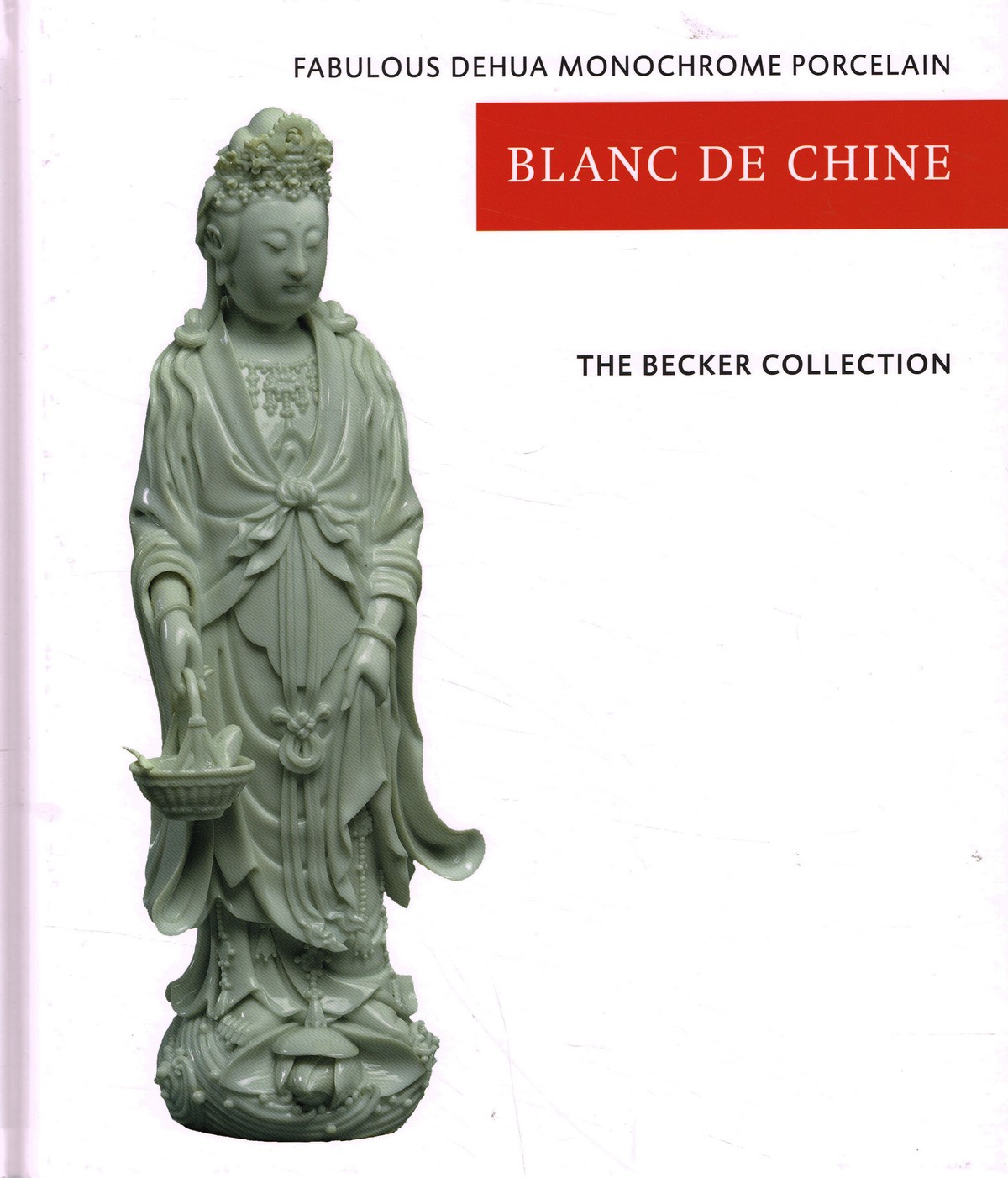
Ton & Mies Becker
Fabulous Dehua Monochrome Porcelain
Blanc de Chine' contains the private collection of monochrome porcelain from Dehua, collected by Ton and Mies Becker, both retired medical specialists and collectors of Asian Art. For many centuries the Chinese and Western elite adored the monochrome white porcelain wares made in Dehua, a district in the province of Fujian, bordering the south-easterly coast of China. The appeal being based on the combination of beautiful crafting and an aesthetic creamy glaze. It is this appeal which the authors experienced as an irresistible charm and the urge to start collecting this particular porcelain. A number of short essays has been included, not intended as an all-embracing academic account, but rather as introductory notes for those who develop an interest in collecting Blanc de Chine porcelain. These include considerations about the ?whiteness? of Blanc de Chine, the manufacture and main design categories of Blanc de Chine and the export to Europe. The catalogue of the collection is organised according to the main design categories and consists of photographs of each object, highlighting details if desired, a brief description of each item and explanatory notes to provide information about particular items that may need additional clarification, as well as the date of acquisition and provenance. Van Spijkgeb - 120 blz
